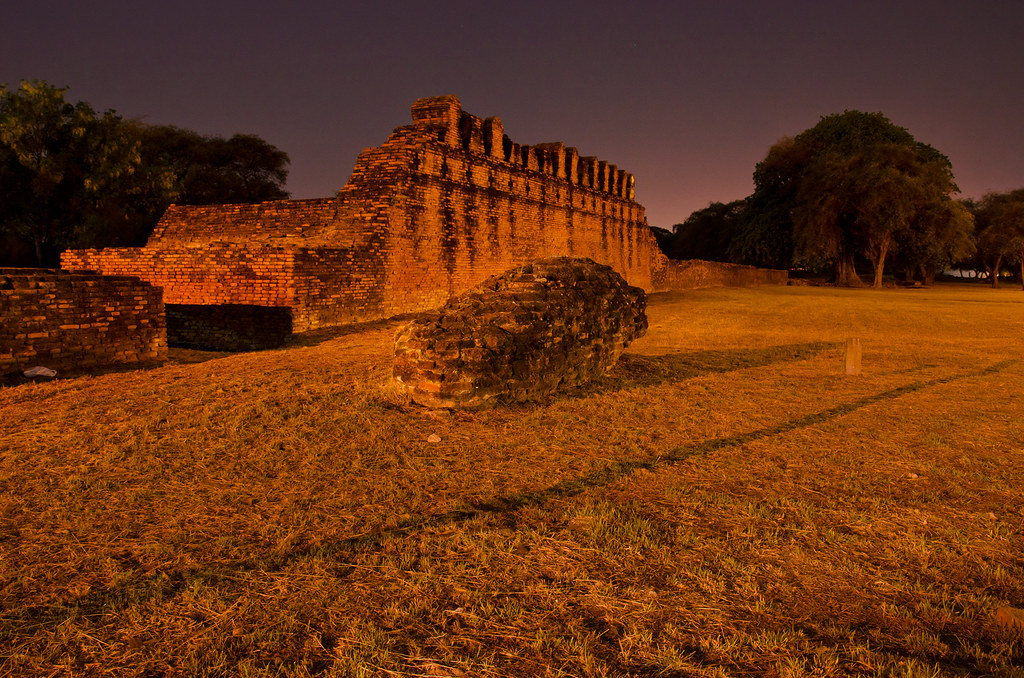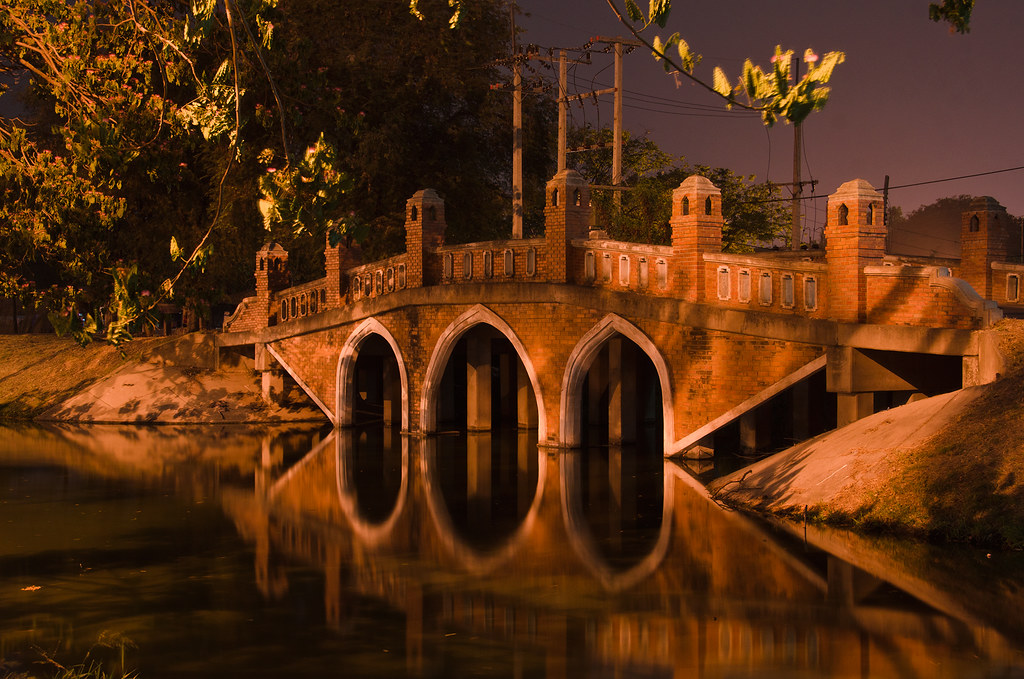First of all, I'm not associated with
Rosco by any mean but have been using their color gel extensively in my night photography and portrait works for two reasons - color correction(natural) and mood creation(playful).
The main aim of this project is simple, to give videography/photography community more complete reference of Rosco Roscolux offering.
Color shift is the main reason I'm creating this set, there are many factors that may generate color variation where one color changes to become another or become dimmer, lighter, warmer or cooler. Here are the factors -
- Camera Color Profile(Adobe, Neutral, Portrait, Landscape, etc)
- White Balance(2500-10000k scale, tungsten, fluorescent, daylight, etc)
- Reflected surface(Smooth, Rugged, Matt, etc)
- Light source color(neutral white, warm white, cool white)
Hence providing the set makes things easier and flexible because you can find the color you want in different condition(the change of color profile, white balance). And with that you can find precise and more defined color pallete. On top of that, color reproduction will be very easy with the set available.
Here's how I produce the reference set, all the raw files are captured in controlled environment where the ambient light is killed with 1/200s so that the color produced by the color gel won't be affected by available light. The color gel is stuck on the Nikon SB700 flash head and blast on the white foam. The white foam is selected since white surface reflects the color that is casted on it. To make everything standard, here's my camera setting -
Aperture: F8
Shutter Speed: 1/200s
ISO: 100
White Balance: 5200K(Close to daylight)
I'm hosting the complete set at box.com, it is consisted of 22 zip files and each zip file size is roughly 250MB, once you have downloaded the zip file, you can decompress them and find that each raw file is named based on Roscolux code. Now you can actually load the raw file to any image processing software(Photoshop/Lightroom/etc) that can read .NEF file and play with them.
The Roscolux Reference Set can be downloaded at -
https://www.box.com/s/2avdo7zkqx0b1ka54hl4
I suggest you take a loot at -
http://www.cinequipwhite.com/staging/wp-content/uploads/comparator_poster.jpg
http://www.rosco.com/litreq/catalogs/Guide_to_Color_Filters.pdf
You will learn a lot about application of various color gel in different scenario from stage lighting experts.









